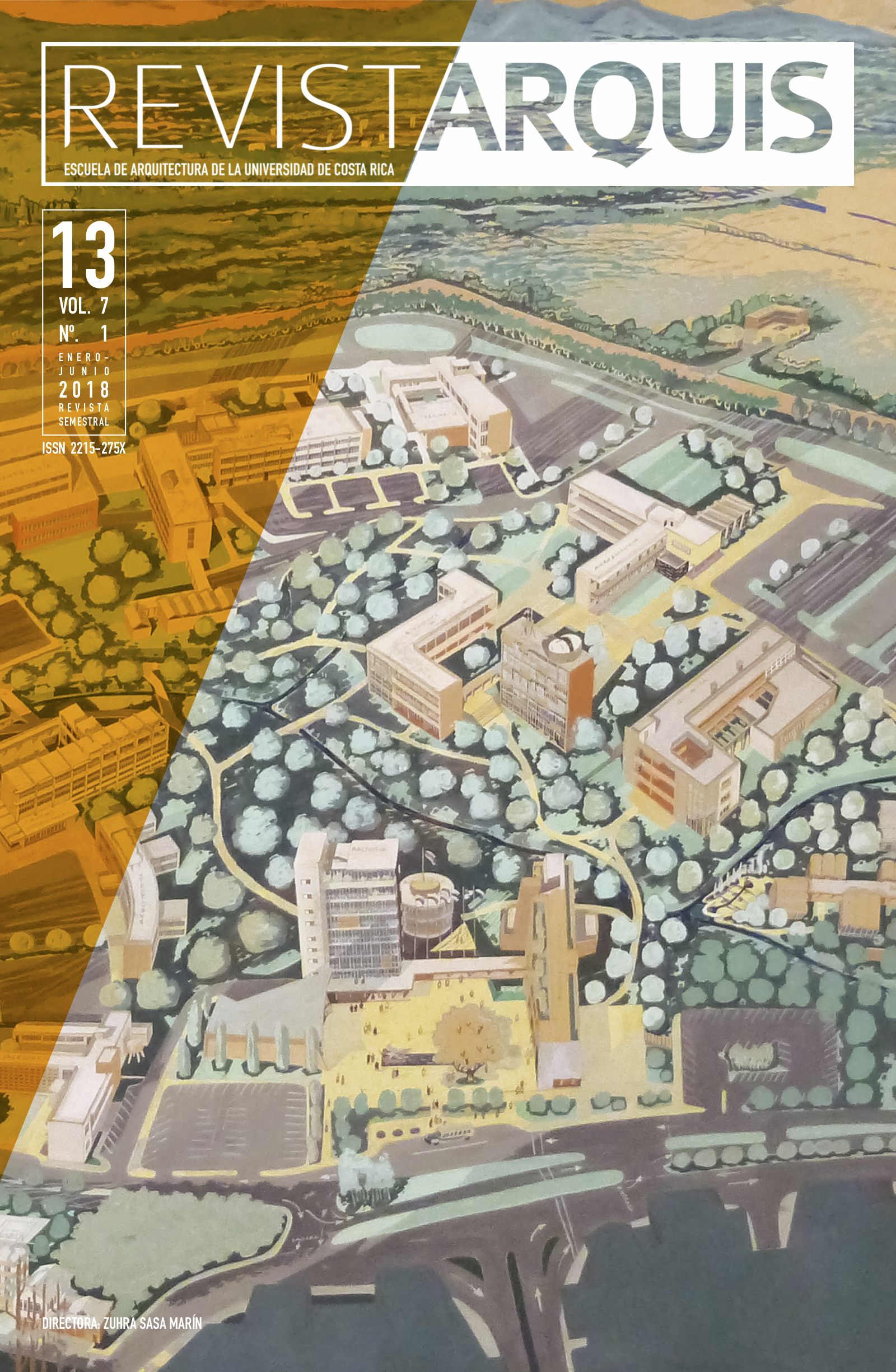Abstract
This research project has the main goal of establishing and comparing the effectiveness rate, between two specific design strategies for daylight vertical transport and distribution within buildings. To begin with, an experimental domotic sunlight concentrator, was designed, built, and installed, in order to transport daylight through an optic fiber bundle, into an interior room, without any natural light source. In this room, the concentrator´s effectiveness was measured by means of a light sensor array attached to a multichannel datalogger. Simultaneously, the luminance performance of a traditional skylight shaft was also monitored during a six-month period. Finally, a computer generated simulation (CGS) analysis, was carried out, to establish the relationship between the
three-dimensional proportions of light shafts, and the light loss rate experienced inside the architectural space. In terms of results, the optic fiber daylight system didn’t reach the skylight´s effectiveness, however, it demonstrated a relatively more uniform and constant behavior. The central
idea of this two-phased procedure, was to use a validated comparison criteria such as the Daylight Factor (DF%) or Daylight Autonomy Factor (DA) and other complementary metrics, to determine a basic ratio between the lighting effectiveness of both techniques, and establish a series of brief recommendations about the optimum design of each system type.

